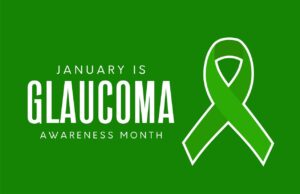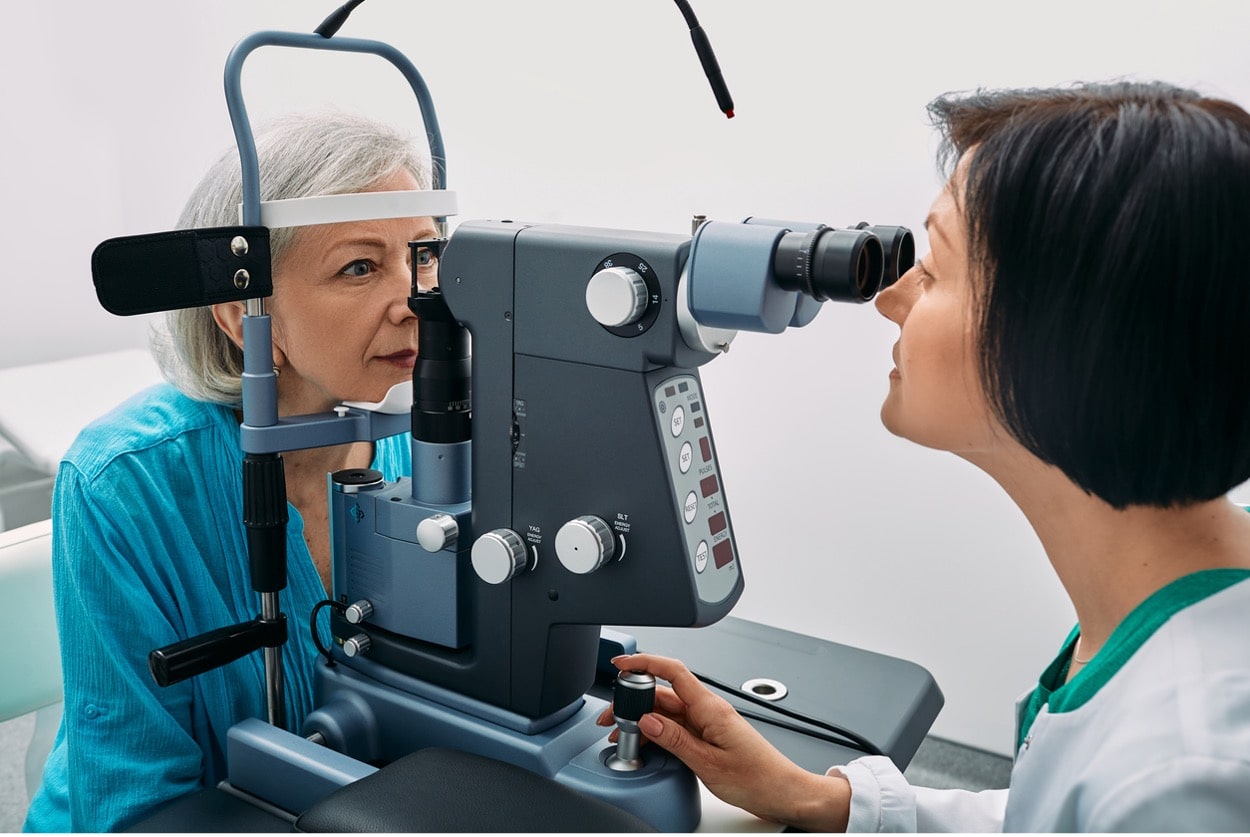Glaucoma is a group of eye conditions that damage the optic nerve, which is responsible for transmitting visual information from the eye to the brain. It is often associated with increased pressure within the eye, known as intraocular pressure.
Glaucoma is a leading cause of blindness worldwide and often goes unnoticed until it has already caused significant vision loss. When left untreated, glaucoma can gradually lead to a narrowing of the field of vision, eventually resulting in complete blindness. The damage caused by glaucoma is irreversible, making early detection and intervention crucial.
The Importance of Regular Eye Exams
Regular eye exams are essential for maintaining healthy vision and detecting any potential eye problems, including glaucoma. Many eye conditions do not present noticeable symptoms in the early stages. By the time symptoms become evident, irreversible damage may have already occurred.
During an eye exam, an optometrist or ophthalmologist will measure your intraocular pressure, examine the optic nerve, and assess your field of vision. These tests are crucial for identifying the early signs of glaucoma and initiating appropriate treatment. It is recommended that you get your eyes checked at least every two years, or more frequently if they have a family history of glaucoma or other risk factors.
Why January is the Ideal Month Time to Get Your Eyes Checked
Glaucoma Awareness Month, which takes place every January, serves as a reminder for you to prioritize your eye health. This month aims to raise public awareness about glaucoma, its risk factors, and the importance of early detection and treatment.
Don’t let the month end without scheduling an appointment with our team to get checked! Start 2024 off strong.

Signs and symptoms of glaucoma to watch out for
While glaucoma often does not present noticeable symptoms in the early stages, there are some signs and symptoms that you should be aware of.
These include:
- Gradual Loss of Peripheral Vision: One of the earliest signs of glaucoma is the gradual loss of peripheral vision. you may notice that you have difficulty seeing objects or people from the corner of their eyes.
- Tunnel Vision: As glaucoma progresses, the field of vision narrows, resulting in tunnel vision. This can significantly impact daily activities such as driving or reading.
- Blurred or Hazy Vision: Glaucoma can cause vision to become blurry or hazy, making it challenging to see objects clearly.
- Halos Around Lights: Some individuals with glaucoma may experience seeing halos around lights, especially at night.
- Severe Eye Pain: In rare cases of acute closed-angle glaucoma, you may experience sudden and severe eye pain, accompanied by nausea and vomiting. This is considered a medical emergency and requires immediate attention.
It is important to note that these symptoms can also be indicative of other eye conditions or health issues, so it is necessary to consult with an eye care professional for an accurate diagnosis.
Preventing Glaucoma and Protecting Your Vision
While there is no guaranteed way to prevent glaucoma, there are several measures you can take to reduce their risk and protect their vision:
- Regular Eye Exams: Regular eye exams are crucial for early detection and treatment. By scheduling routine check-ups, you can catch any signs of glaucoma early on and begin appropriate management.
- Maintain a Healthy Lifestyle: Adopting a healthy lifestyle can contribute to overall eye health. This includes eating a nutritious diet rich in fruits and vegetables, exercising regularly, avoiding smoking, and managing chronic conditions such as diabetes and high blood pressure.
- Protect Your Eyes: Protecting your eyes from injury is essential in preventing glaucoma. Wear protective eyewear when engaging in activities that pose a risk of eye injury, such as sports or construction work.
- Follow Medication Instructions: If you have been diagnosed with glaucoma and prescribed medication, it is essential to follow the instructions provided by your eye care professional. Proper use of medications can help manage intraocular pressure and slow down the progression of glaucoma.
By implementing these preventive measures and prioritizing regular eye exams, you can reduce your risk of developing glaucoma and protect their vision.
The Role of Early Detection in Managing Glaucoma
Early detection is crucial in effectively managing glaucoma and preventing further vision loss. When glaucoma is diagnosed in its early stages, treatment options such as eye drops, oral medications, or laser procedures can be initiated to help lower intraocular pressure and slow down the progression of the disease.
Regular monitoring of intraocular pressure and visual field tests allows eye care professionals to closely monitor the condition and make necessary adjustments to the treatment plan. By detecting any changes in the optic nerve or visual field early on, appropriate interventions can be implemented to preserve as much vision as possible.
How an eye exam can detect glaucoma
During an eye exam, several tests are conducted to detect glaucoma:
- Tonometry: This test measures intraocular pressure by using a small device that gently touches the surface of the eye or a puff of air directed at the eye.
- Ophthalmoscopy: An ophthalmoscope is used to examine the optic nerve for signs of damage or abnormalities.
- Perimetry: This test measures the visual field to detect any loss of peripheral or central vision.
- Gonioscopy: This test evaluates the drainage angle of the eye to determine if it is open or narrow, which can affect the risk of glaucoma.
Using these tests, along with the client’s medical history and examination, eye care experts can identify glaucoma and determine a treatment plan that is tailored to your needs.
Treatment Options for Glaucoma
The treatment of glaucoma aims to lower intraocular pressure and prevent further damage to the optic nerve. The specific treatment plan will depend on the severity of the condition and individual factors.
Some common treatment options include:
- Medications: Eye drops or oral medications are often prescribed to reduce intraocular pressure. These medications work by increasing the outflow of fluid from the eye or decreasing its production.
- Laser Therapy: Laser procedures, such as trabeculoplasty or iridotomy, can be performed to improve the drainage of fluid from the eye, thus reducing intraocular pressure.
- Surgical Intervention: In more advanced cases of glaucoma, surgical procedures may be necessary to create a new drainage channel or reduce the production of fluid within the eye.
The choice of treatment will be determined by the eye care professional based on your specific condition and needs.
Contact Us
January is Glaucoma Awareness Month, and it serves as an important reminder for you to prioritize your eye health and to get their eyes checked regularly. By understanding the importance of early detection, taking preventive measures, and seeking appropriate treatment, you can protect your vision and reduce the risk of vision loss due to glaucoma.
Don’t wait until symptoms appear or vision is affected. Act today and schedule an eye exam with Florida Eye. By doing so, you are taking a proactive step towards maintaining healthy vision and preventing potential complications associated with glaucoma. Remember, your eyes are your window to the world, so make sure to prioritize their care and protect your vision.



